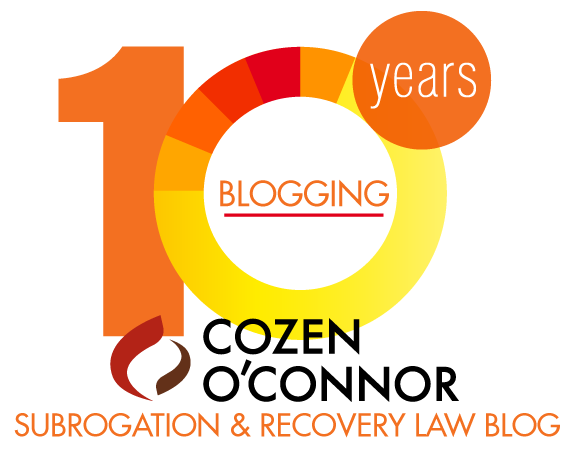 In 2011, the Oklahoma legislature overhauled the state’s workers’ compensation system, even going so far as to change the name of the law to “The Oklahoma’s Workers’ Compensation Code”. Portions of the new law were challenged and Oklahoma courts struck certain provisions of the new law after finding they were unconstitutional.
In 2011, the Oklahoma legislature overhauled the state’s workers’ compensation system, even going so far as to change the name of the law to “The Oklahoma’s Workers’ Compensation Code”. Portions of the new law were challenged and Oklahoma courts struck certain provisions of the new law after finding they were unconstitutional.
Still seeking to reform their state’s workers’ compensation system, the Oklahoma legislature went back to work and, on May 6, 2013, Oklahoma Governor Mary Fallin signed into law Title 85A of the Oklahoma Workers’ Compensation Act. Title 85A, designed to reform the state’s workers’ compensation laws and ultimately replace existing Title 85, establishes an important date for health care and subrogation professionals to consider when handling these claims in Oklahoma. Injuries occurring prior to February 1, 2014 will be governed by old Title 85, while injuries occurring on or after February 1, 2014 will be subject to new Title 85A
The new law allows an injured employee to recover benefits under the Act while simultaneously filing a claim against a third-party. The employee is required to give the employer/carrier notice of the third-party lawsuit and provide the employer/carrier the opportunity to intervene. Once placed on notice, the employer/carrier must intervene in order to protect its subrogation rights.
Section 43 of the new Act also provides a statutory formula which governs the distribution of any third-party recovery. First, reasonable attorney’s fees and costs of collection are deducted from the recovery. Next, the employer/carrier receives either two-thirds (2/3) of the remaining recovery or its entire amount of its workers’ compensation lien, whichever is less. The remaining balance will be paid to the injured party or their dependents.
Importantly, the old Act required a carrier to pay a pro-rata share of the employee’s attorney’s fees and the costs incurred in recovering against the third party. However, for injuries occurring after February 1, 2014, the Act makes no reference to a carrier’s obligation to contribute toward the employee’s attorney’s fees or costs. It appears the application of the above formula is intended to replace the pro-rata apportionment.
The new Act imposes a similar set of rules to govern actions initiated by an employer/carrier. When an employer/carrier seeks recovery from a third-party responsible for the injury or death, the employer/carrier must notify the injured employee of its intention to do so. Specifically, written notice must be sent to the injured employee advising them of their right to hire a private attorney to pursue “any benefits to which the claimant is entitled in addition to the subrogation interest”. If the employer/carrier recovers against the third party, the injured employee is entitled to any amount of recovery which is in excess of the subrogation lien, after reasonable costs of collection are deducted.





